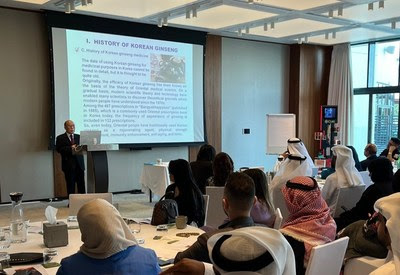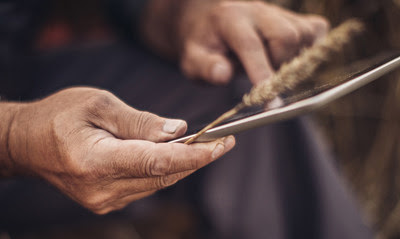BEIJING, Nov. 24, 2022 /PRNewswire/ — A news report by haiwainet.cn:
The 2022 FIFA World Cup is here – Qatar attracts attention with the world’s biggest sporting event finally kicks off. On the morning of October 18, 2022, The Al Kharsaah, an 800MW solar power plant in Qatar has been connected to the grid at full capacity. The plant located 80-kilometres west of the capital, Doha, is the world’s largest photovoltaic project using a tracking system and bifacial modules, and the third largest single photovoltaic power station in the world so far.
As Qatar’s first non-fossil fuel power station, it has been written into Qatar National Vision 2030. Qatar hopes to use this project to promote the development of clean energy and improve people’s awareness of environmental protection. With 800MWp installed capacity, Al Kharsaah can supply 10% of Qatar’s peak power consumption and will avoid 26 million tons of CO2 emissions over the course of its lifetime, strongly supports Qatar’s commitment to host a carbon-neutral World Cup.
The fame of the project has attracted the attention of many local media as well as international media, among which environmental friendliness were the key concern. As the lead contractor of the project, PowerChina insists on an environmentally friendly construction strategy. It not only comes up with detailed relocation plans for native animals and plants on the construction site, but also establish a mechanism for the conservation and recycling of energy resources, creating an efficient and environmentally friendly energy construction site.
Qatar’s State Minister for Energy Saad al-Kaabi speaks at the commissioning ceremony, saying: Al Kharsaah solar power plant is the first non-fossil fuel power station in Qatar. it sets a great example for the development of Qatar’s new energy industry and has helped to fulfill the important commitment of the Qatari government in hosting a Green World Cup.
As an important step for Qatar to switch to the sustainable development of energy industry, The Al Kharsaah solar power plant not only provides clean energy for the upcoming Qatar World Cup, but also opens a sustainable door for Qatar’s energy transformation and economic diversification.


